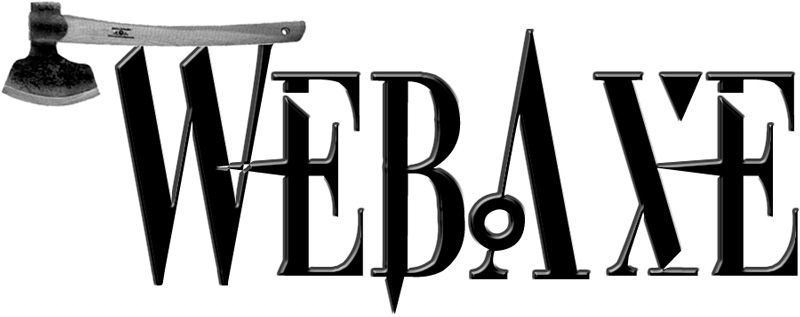As you probably know, HTML5 provides a video tag for rendering a video natively in a web browser (and audio as well). But unfortunately, as of now, HTML5 video isn’t very accessible, yet.
Controls
Browser support for native HTML5 video controls varies widely. No browsers but Opera provide keyboard-accessible controls. Well, you can also start/stop with keyboard in Firefox 3.6. To make the controls keyboard-accessible calls for JavaScript. This is fairly easy to do, and is quite fun to implement for web geeks like me. But nonetheless it requires JavaScript which obviously isn’t good for devices and browsers which don’t have JavaScript available.
Note that in Firefox 3.6 and below, disabling JavaScript also disables the native video controls! To bring up a contextual menu, you must do a mouse right-click in the video.
Captions
The HTML5 spec has a great plan for captions, timed tracks. It accommodates well for different types of roles (captions, subtitles, descriptions) and multiple languages. The format of the caption text files themselves may be similar to the time stamp format WebSRT (Web Subtitle Resource Tracks). Sadly, there is no support for timed tracks in any browser at this time. The code would go inside the video tag and would look something like this:
Fortunately, in the meantime, Bruce Lawson of Opera provides a method for JavaScript HTML5 video captions. The solution uses JavaScript to grab caption text from span tags with time attributes and place the text over a video. Neat! If JavaScript is unavailable, the caption text appears below the video.
About the Codecs/Containers
Not directly related to accessibility, but let’s take a look at the supported video codec/containers of the major browsers. First off, and not surprisingly, Internet Explorer doesn’t support any HTML5 video. And the word is that IE9 will only support WebM if it’s installed on the operating system.
So to cover all major browsers today, you’ll need to encode to an OGG and MP4 file, and then do a Flash video fall-back for IE. Here’s a great table on current support codecs/containers.
| Codecs/container | IE | Firefox | Safari | Chrome | Opera | iPhone | Android |
|---|---|---|---|---|---|---|---|
| Theora+Vorbis+Ogg | · | 3.5+ | · | 5.0+ | 10.5+ | · | · |
| H.264+AAC+MP4 | · | · | 3.0+ | 5.0+ | · | 3.0+ | 2.0+ |
| WebM | 9* | 4 | · | 5.0+ | 10.6+ | · | · |
It appears WebM will be the codec of the future, but again, it is only partially supported at this time.
